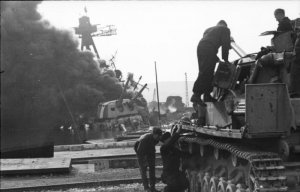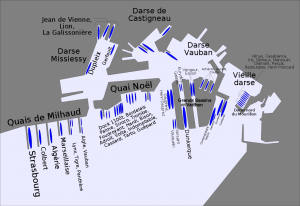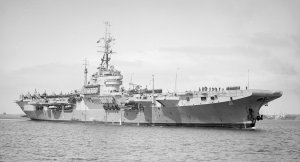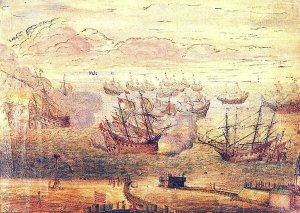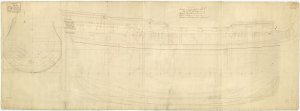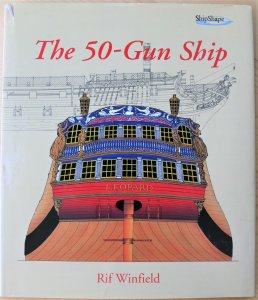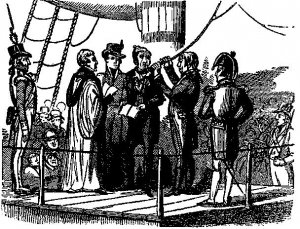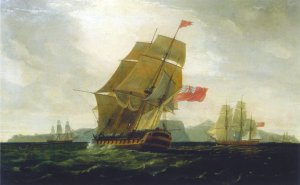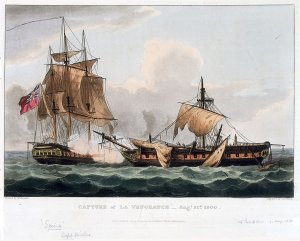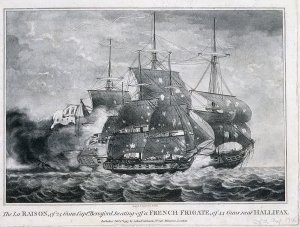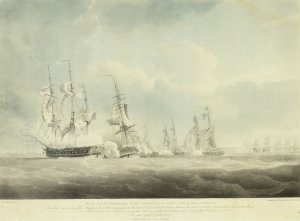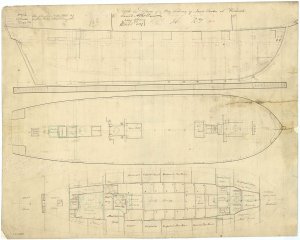Today in Naval History - Naval / Maritime Events in History
26 November 1914 - HMS Bulwark, pre-dreadnought battleships, destroyed by internal explosion
HMS Bulwark belonged to a sub-class of the Formidable-class of pre-dreadnought battleships of the Royal Navy known as the London class. Entering service with the Royal Navy in 1902, she sailed with the Mediterranean Fleet until 1907. She then served with the Home Fleet, for a time under Captain Robert Falcon Scott. After a refit in 1912, she was assigned to the 5th Battle Squadron.
Following the outbreak of the First World War, Bulwark, along with the rest of the squadron, was attached to the Channel Fleet, conducting patrols in the English Channel. On 26 November 1914, while anchored near Sheerness, she was destroyed by a large internal explosion with the loss of 736 men. There were only 14 survivors of the explosion and of these 2 died later in hospital. The explosion was likely to have been caused by the overheating of cordite charges that had been placed adjacent to a boiler room bulkhead.

Technical description
HMS Bulwark was laid down at Devonport Dockyard on 20 March 1899 and launched on 18 October 1899. She began trials in May 1901 and was completed in March 1902.
Like the first three Formidable-class ships, Bulwark and her four London-class sisters were similar in appearance to and had the same armament as the Majestic and Canopus classes that preceded them. The Formidables and Londons are often described as improved Majestics, but in design were essentially enlarged Canopuses; while the Canopuses took advantage of the greater strength of the Krupp armour so they could remain the same size as the Majestics, with increased tonnage devoted to speed and less to armour without sacrificing protection, the Formidables and Londons used Krupp armour to improve protection without reducing their size. The Formidables and Londons thus were larger than the two preceding classes, and enjoyed both greater protection than the Majestics and the higher speed of the Canopuses. The armour scheme of the Formidables and Londons was similar to that of the Canopuses, although – unlike in the Canopuses – the armour belt ran all the way to the stern; it was 215 ft (66 m) long and 15 ft (4.6 m) deep and 9 in (23 cm) thick, tapering at the stem to 3 in (7.6 cm) thick and 12 ft (3.7 m) deep and at the stern to 1.5 in (3.8 cm) thick and 8 ft (2.4 m) deep. The main battery turrets had Krupp armour, 10 in (25 cm) on their sides and 8 in (20 cm) on their backs.
The Formidables and Londons improved on the main and secondary armament of previous classes, being upgunned from 35-calibre to 40-calibre 12 in (300 mm) guns and from 40-calibre to 45-calibre 6 in (150 mm) guns. The 12 in (300 mm) guns could be loaded at any bearing and elevation, and beneath the turrets the ships had a split hoist with a working chamber beneath the guns that reduced the chance of a cordite fire spreading from the turret to the shell and powder handling rooms and to the magazines.
The Formidables and Londons had an improved hull form that made them handier at high speeds than the Majestics. They also had inward-turning screws, which allowed reduced fuel consumption and slightly higher speeds than in previous classes but at the expense of less manoeuvrability at low speeds.
A change in design from that of the first three Formidables occurred in Bulwark and the other four Londons, which is why the Londons often are considered a separate class. The main difference in the Bulwarks and the other four Londons from the first three ships was thinner deck armour and some other detail changes to the armour scheme.
Like all pre-dreadnoughts, Bulwark was outclassed by the dreadnought battleships that began to appear in 1906. Like other pre-dreadnoughts, however, Bulwark took on some first-line duties during the early part of the First World War.
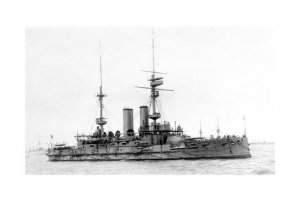
Operational history
Pre-First World War
Bulwark had a long refit immediately after completion for the installation of fire control, but finally commissioned at Devonport Dockyard by Captain Frederick Hamilton on 18 March 1902 for Mediterranean Fleet service. She left Plymouth on 6 May, and four days later arrived at Gibraltar, then proceeded to Malta. Admiral Sir Compton Domvile had hoisted his flag on board on 1 May 1902 (while at Plymouth), and succeeded as Commander-in-Chief, Mediterranean Fleet when Bulwarkrelieved battleship Renown as fleet flagship on 20 May 1902. In August 1902 she was lead ship of a squadron visiting the Agean sea for combined manoeuvres, landing at Lemnos and Nauplia, and in October that year she visited Cagliari. She underwent a refit at Malta in 1905–1906. Her Mediterranean Fleet service ended when she paid off at Devonport on 11 February 1907.
On 12 February 1907, Bulwark recommissioned to serve as Flagship, Rear-Admiral, Nore Division, Home Fleet, at the Nore. She grounded near Lemon Light in the North Sea on 26 October, and underwent a refit at Chatham Dockyard in 1907–1908.
In 1908, Captain Robert Falcon Scott of Antarctic fame became Bulwark's commander, becoming the youngest battleship commander at that time. Bulwark joined the Channel Fleet on 3 October 1908. Under the fleet reorganisation of 24 March 1909, the Channel Fleet became the 2nd Division of the Home Fleet, and Bulwark thus became a Home Fleet unit. She underwent a refit later in 1909.
On 1 March 1910, Bulwark commissioned into the reserve at Devonport with a nucleus crew as Flagship, Vice-Admiral, 3rd and 4th Divisions, Home Fleet, at the Nore. She began a refit at Chatham in September 1911, and grounded twice on Barrow Deep off the Nore during refit trials in May 1912, suffering bottom damage.
Her refit complete in June 1912, she recommissioned and joined the 5th Battle Squadron.
First World War
From the beginning of the First World War in August 1914, Bulwark and the 5th Battle Squadron, assigned to the Channel Fleet and based at Portland upon the outbreak of war, carried out numerous patrols in the English Channel under the command of Captain Guy Sclater.
From 5 to 9 November 1914, while anchored at Portland, Bulwark hosted the court martial of Rear-Admiral Sir Ernest Charles Thomas Troubridge for his actions during the pursuit of the German battlecruiser SMS Goeben and light cruiser SMS Breslau in the Mediterranean Sea in August 1914.
On 14 November 1914, the 5th Battle Squadron transferred to Sheerness to guard against a possible German invasion of England.
Loss
A powerful internal explosion ripped Bulwark apart at 07:50 on 26 November 1914 while she was moored at Number 17 buoy in Kethole Reach, 4 nmi (4.6 mi; 7.4 km) west of Sheerness in the estuary of the River Medway. Out of her complement of 750, no officers and only 14 sailors survived, two of whom subsequently died of their injuries in hospital. Most of the survivors were seriously injured.
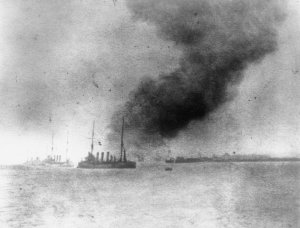
HMS Bulwark explodes at Sheerness, 26 November 1914.
The only men to survive the explosion comparatively unscathed were those who had been in Number 1 mess-deck amidships, who were blown out of an open hatch. One of these men, Able Seaman Stephen Marshall, described feeling the sensation of "a colossal draught", being drawn "irresistibly upwards", and, as he rose in the air, clearly seeing the ship's masts shaking violently.
Witnesses on the battleship Implacable, the next ship in line at the mooring, reported that "a huge pillar of black cloud belched upwards... From the depths of this writhing column flames appeared running down to sea level. The appearance of this dreadful phenomenon was followed by a thunderous roar. Then came a series of lesser detonations, and finally one vast explosion that shook the Implacable from mastheads to keel."
The destruction of Bulwark was also witnessed on board battleship Formidable, where "when the dust and wreckage had finally settled a limp object was seen hanging from the wireless aerials upon which it had fallen. With difficulty the object was retrieved and found to be an officer's uniform jacket with three gold bands on the sleeves and between them the purple cloth of an engineer officer. The garment's former owner had been blasted into fragments."
Perhaps the most detailed descriptions of the disaster came from witnesses on board battleships Prince of Wales and Agamemnon, both of whom stated that smoke issued from the stern of the ship prior to the explosion and that the first explosion appeared to take place in an after magazine.
On 29 November 1914 divers sent to find the wreck reported that the ship's port bow as far aft as the sick bay had been blown off by the explosion and lay 50 ft (15 m) east of the mooring. The starboard bow lay 30 ft (9.1 m) further away. The remainder of the ship had been torn apart so violently that no other large portions of the wreck could be found.
In terms of loss of life, the incident remains the second most catastrophic accidental explosion in the history of the United Kingdom, exceeded only by the explosion of the dreadnought battleship Vanguard, caused by a stokehold fire detonating a magazine, at Scapa Flow in 1917.
Inquiry into loss
A naval court of enquiry into the causes of the explosion held on 28 November 1914 established that it had been the practice to store ammunition for Bulwark's 6 in (150 mm) guns in cross-passageways connecting her total of 11 magazines. It suggested that, contrary to regulations, 275 six-inch shells had been placed close together, most touching each other, and some touching the walls of the magazine, on the morning of the explosion.
The most likely cause of the disaster appears to have been overheating of cordite charges stored alongside a boiler room bulkhead, and this was the explanation accepted by the court of enquiry. It has also been suggested that damage caused to one of the shells stored in the battleship's cross-passageways may have weakened the fusing mechanism and caused the shell to become 'live'. A blow to the shell, caused by it being dropped point down, could then have set off a chain reaction of explosions among the shells stored in Bulwark's cross-passageways sufficient to detonate the ship's magazines.
Memorials

The Naval War Memorial, Southsea, on which victims from Bulwark are commemorated.
A memorial to those lost on Bulwark and Princess Irene was erected at the Dockyard Church, Sheerness in 1921. It was dedicated by Archdeacon Ingles, the Chaplain of the Fleet. It was unveiled by Hugh Evan-Thomas, Commander-in-Chief, The Nore. Victims of both ships are also commemorated on the Naval War Memorial at Southsea.
Another memorial was placed in Woodlands Road Cemetery, Gillingham, as part of the Naval Burial Ground.
https://en.wikipedia.org/wiki/HMS_Bulwark_(1899)
26 November 1914 - HMS Bulwark, pre-dreadnought battleships, destroyed by internal explosion
HMS Bulwark belonged to a sub-class of the Formidable-class of pre-dreadnought battleships of the Royal Navy known as the London class. Entering service with the Royal Navy in 1902, she sailed with the Mediterranean Fleet until 1907. She then served with the Home Fleet, for a time under Captain Robert Falcon Scott. After a refit in 1912, she was assigned to the 5th Battle Squadron.
Following the outbreak of the First World War, Bulwark, along with the rest of the squadron, was attached to the Channel Fleet, conducting patrols in the English Channel. On 26 November 1914, while anchored near Sheerness, she was destroyed by a large internal explosion with the loss of 736 men. There were only 14 survivors of the explosion and of these 2 died later in hospital. The explosion was likely to have been caused by the overheating of cordite charges that had been placed adjacent to a boiler room bulkhead.

Technical description
HMS Bulwark was laid down at Devonport Dockyard on 20 March 1899 and launched on 18 October 1899. She began trials in May 1901 and was completed in March 1902.
Like the first three Formidable-class ships, Bulwark and her four London-class sisters were similar in appearance to and had the same armament as the Majestic and Canopus classes that preceded them. The Formidables and Londons are often described as improved Majestics, but in design were essentially enlarged Canopuses; while the Canopuses took advantage of the greater strength of the Krupp armour so they could remain the same size as the Majestics, with increased tonnage devoted to speed and less to armour without sacrificing protection, the Formidables and Londons used Krupp armour to improve protection without reducing their size. The Formidables and Londons thus were larger than the two preceding classes, and enjoyed both greater protection than the Majestics and the higher speed of the Canopuses. The armour scheme of the Formidables and Londons was similar to that of the Canopuses, although – unlike in the Canopuses – the armour belt ran all the way to the stern; it was 215 ft (66 m) long and 15 ft (4.6 m) deep and 9 in (23 cm) thick, tapering at the stem to 3 in (7.6 cm) thick and 12 ft (3.7 m) deep and at the stern to 1.5 in (3.8 cm) thick and 8 ft (2.4 m) deep. The main battery turrets had Krupp armour, 10 in (25 cm) on their sides and 8 in (20 cm) on their backs.
The Formidables and Londons improved on the main and secondary armament of previous classes, being upgunned from 35-calibre to 40-calibre 12 in (300 mm) guns and from 40-calibre to 45-calibre 6 in (150 mm) guns. The 12 in (300 mm) guns could be loaded at any bearing and elevation, and beneath the turrets the ships had a split hoist with a working chamber beneath the guns that reduced the chance of a cordite fire spreading from the turret to the shell and powder handling rooms and to the magazines.
The Formidables and Londons had an improved hull form that made them handier at high speeds than the Majestics. They also had inward-turning screws, which allowed reduced fuel consumption and slightly higher speeds than in previous classes but at the expense of less manoeuvrability at low speeds.
A change in design from that of the first three Formidables occurred in Bulwark and the other four Londons, which is why the Londons often are considered a separate class. The main difference in the Bulwarks and the other four Londons from the first three ships was thinner deck armour and some other detail changes to the armour scheme.
Like all pre-dreadnoughts, Bulwark was outclassed by the dreadnought battleships that began to appear in 1906. Like other pre-dreadnoughts, however, Bulwark took on some first-line duties during the early part of the First World War.

Operational history
Pre-First World War
Bulwark had a long refit immediately after completion for the installation of fire control, but finally commissioned at Devonport Dockyard by Captain Frederick Hamilton on 18 March 1902 for Mediterranean Fleet service. She left Plymouth on 6 May, and four days later arrived at Gibraltar, then proceeded to Malta. Admiral Sir Compton Domvile had hoisted his flag on board on 1 May 1902 (while at Plymouth), and succeeded as Commander-in-Chief, Mediterranean Fleet when Bulwarkrelieved battleship Renown as fleet flagship on 20 May 1902. In August 1902 she was lead ship of a squadron visiting the Agean sea for combined manoeuvres, landing at Lemnos and Nauplia, and in October that year she visited Cagliari. She underwent a refit at Malta in 1905–1906. Her Mediterranean Fleet service ended when she paid off at Devonport on 11 February 1907.
On 12 February 1907, Bulwark recommissioned to serve as Flagship, Rear-Admiral, Nore Division, Home Fleet, at the Nore. She grounded near Lemon Light in the North Sea on 26 October, and underwent a refit at Chatham Dockyard in 1907–1908.
In 1908, Captain Robert Falcon Scott of Antarctic fame became Bulwark's commander, becoming the youngest battleship commander at that time. Bulwark joined the Channel Fleet on 3 October 1908. Under the fleet reorganisation of 24 March 1909, the Channel Fleet became the 2nd Division of the Home Fleet, and Bulwark thus became a Home Fleet unit. She underwent a refit later in 1909.
On 1 March 1910, Bulwark commissioned into the reserve at Devonport with a nucleus crew as Flagship, Vice-Admiral, 3rd and 4th Divisions, Home Fleet, at the Nore. She began a refit at Chatham in September 1911, and grounded twice on Barrow Deep off the Nore during refit trials in May 1912, suffering bottom damage.
Her refit complete in June 1912, she recommissioned and joined the 5th Battle Squadron.
First World War
From the beginning of the First World War in August 1914, Bulwark and the 5th Battle Squadron, assigned to the Channel Fleet and based at Portland upon the outbreak of war, carried out numerous patrols in the English Channel under the command of Captain Guy Sclater.
From 5 to 9 November 1914, while anchored at Portland, Bulwark hosted the court martial of Rear-Admiral Sir Ernest Charles Thomas Troubridge for his actions during the pursuit of the German battlecruiser SMS Goeben and light cruiser SMS Breslau in the Mediterranean Sea in August 1914.
On 14 November 1914, the 5th Battle Squadron transferred to Sheerness to guard against a possible German invasion of England.
Loss
A powerful internal explosion ripped Bulwark apart at 07:50 on 26 November 1914 while she was moored at Number 17 buoy in Kethole Reach, 4 nmi (4.6 mi; 7.4 km) west of Sheerness in the estuary of the River Medway. Out of her complement of 750, no officers and only 14 sailors survived, two of whom subsequently died of their injuries in hospital. Most of the survivors were seriously injured.

HMS Bulwark explodes at Sheerness, 26 November 1914.
The only men to survive the explosion comparatively unscathed were those who had been in Number 1 mess-deck amidships, who were blown out of an open hatch. One of these men, Able Seaman Stephen Marshall, described feeling the sensation of "a colossal draught", being drawn "irresistibly upwards", and, as he rose in the air, clearly seeing the ship's masts shaking violently.
Witnesses on the battleship Implacable, the next ship in line at the mooring, reported that "a huge pillar of black cloud belched upwards... From the depths of this writhing column flames appeared running down to sea level. The appearance of this dreadful phenomenon was followed by a thunderous roar. Then came a series of lesser detonations, and finally one vast explosion that shook the Implacable from mastheads to keel."
The destruction of Bulwark was also witnessed on board battleship Formidable, where "when the dust and wreckage had finally settled a limp object was seen hanging from the wireless aerials upon which it had fallen. With difficulty the object was retrieved and found to be an officer's uniform jacket with three gold bands on the sleeves and between them the purple cloth of an engineer officer. The garment's former owner had been blasted into fragments."
Perhaps the most detailed descriptions of the disaster came from witnesses on board battleships Prince of Wales and Agamemnon, both of whom stated that smoke issued from the stern of the ship prior to the explosion and that the first explosion appeared to take place in an after magazine.
On 29 November 1914 divers sent to find the wreck reported that the ship's port bow as far aft as the sick bay had been blown off by the explosion and lay 50 ft (15 m) east of the mooring. The starboard bow lay 30 ft (9.1 m) further away. The remainder of the ship had been torn apart so violently that no other large portions of the wreck could be found.
In terms of loss of life, the incident remains the second most catastrophic accidental explosion in the history of the United Kingdom, exceeded only by the explosion of the dreadnought battleship Vanguard, caused by a stokehold fire detonating a magazine, at Scapa Flow in 1917.
Inquiry into loss
A naval court of enquiry into the causes of the explosion held on 28 November 1914 established that it had been the practice to store ammunition for Bulwark's 6 in (150 mm) guns in cross-passageways connecting her total of 11 magazines. It suggested that, contrary to regulations, 275 six-inch shells had been placed close together, most touching each other, and some touching the walls of the magazine, on the morning of the explosion.
The most likely cause of the disaster appears to have been overheating of cordite charges stored alongside a boiler room bulkhead, and this was the explanation accepted by the court of enquiry. It has also been suggested that damage caused to one of the shells stored in the battleship's cross-passageways may have weakened the fusing mechanism and caused the shell to become 'live'. A blow to the shell, caused by it being dropped point down, could then have set off a chain reaction of explosions among the shells stored in Bulwark's cross-passageways sufficient to detonate the ship's magazines.
Memorials

The Naval War Memorial, Southsea, on which victims from Bulwark are commemorated.
A memorial to those lost on Bulwark and Princess Irene was erected at the Dockyard Church, Sheerness in 1921. It was dedicated by Archdeacon Ingles, the Chaplain of the Fleet. It was unveiled by Hugh Evan-Thomas, Commander-in-Chief, The Nore. Victims of both ships are also commemorated on the Naval War Memorial at Southsea.
Another memorial was placed in Woodlands Road Cemetery, Gillingham, as part of the Naval Burial Ground.
https://en.wikipedia.org/wiki/HMS_Bulwark_(1899)






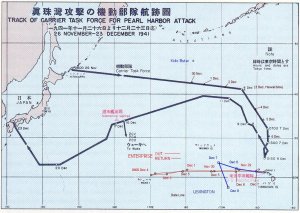
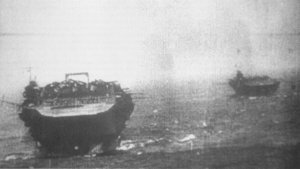



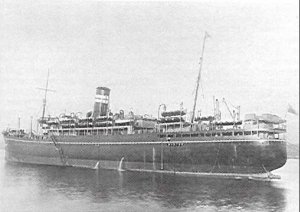



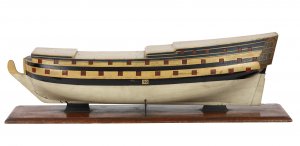
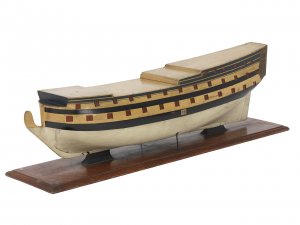
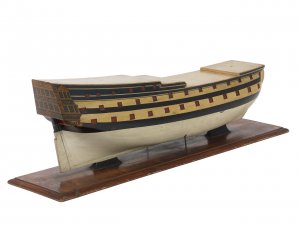

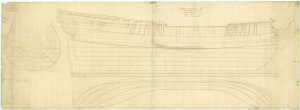



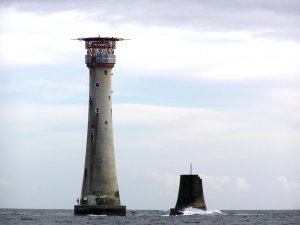

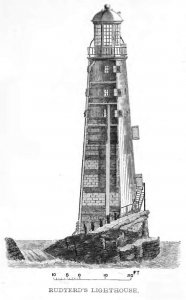
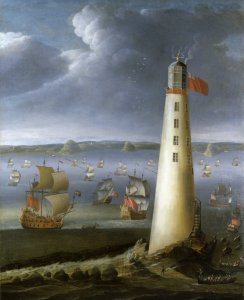

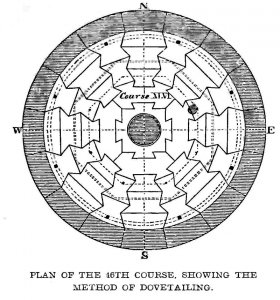
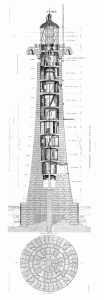

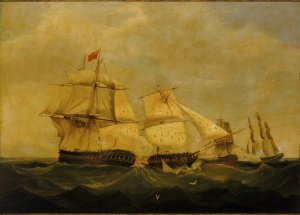
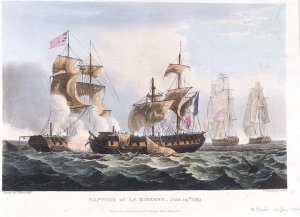





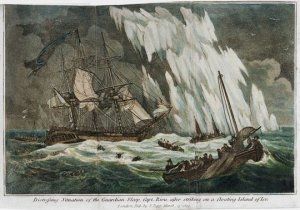






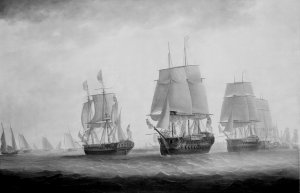

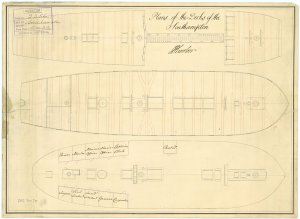
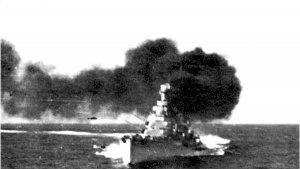


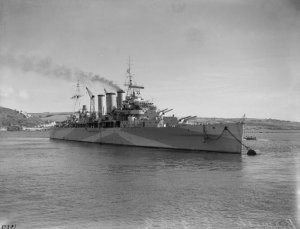

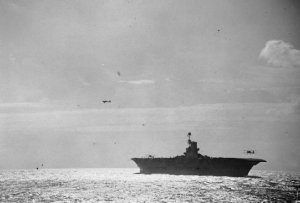
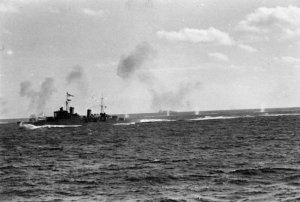

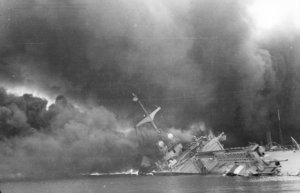
 s from the ship's
s from the ship's 